The Great Editorial Pivot of 2011 As RWW Struggles Continue
Our writer woes are not getting better and it’s impacting page view numbers. Social media referral traffic is also a concern. It prompts me to decide on a drastic strategy shift for ReadWriteWeb.

Before I left for New York in the first week of June 2011, I reviewed our May traffic. It was dismal. We’d had our lowest monthly total page views since last November. Even worse, our unique visitors were the lowest they’d been since last July.
The issues with our writers were part of the problem, but I was also disappointed with our social media referral traffic. Twitter and Facebook referrals had plummeted in recent months, and we’d also dropped in our key tech communities (Reddit and Hacker News especially; Digg was no longer relevant in the industry). All our competitors were publicly boasting about huge growth in social channels during this time, so there was something deeply wrong with our performance in this area.
To make matters worse, even before I arrived in New York, we knew we’d be making a loss on our upcoming event. All throughout May, we’d used the term train wreck in our weekly management meeting agenda to describe the ticket sales. We’d even briefly considered canceling the event, but we’d decided to soldier on.
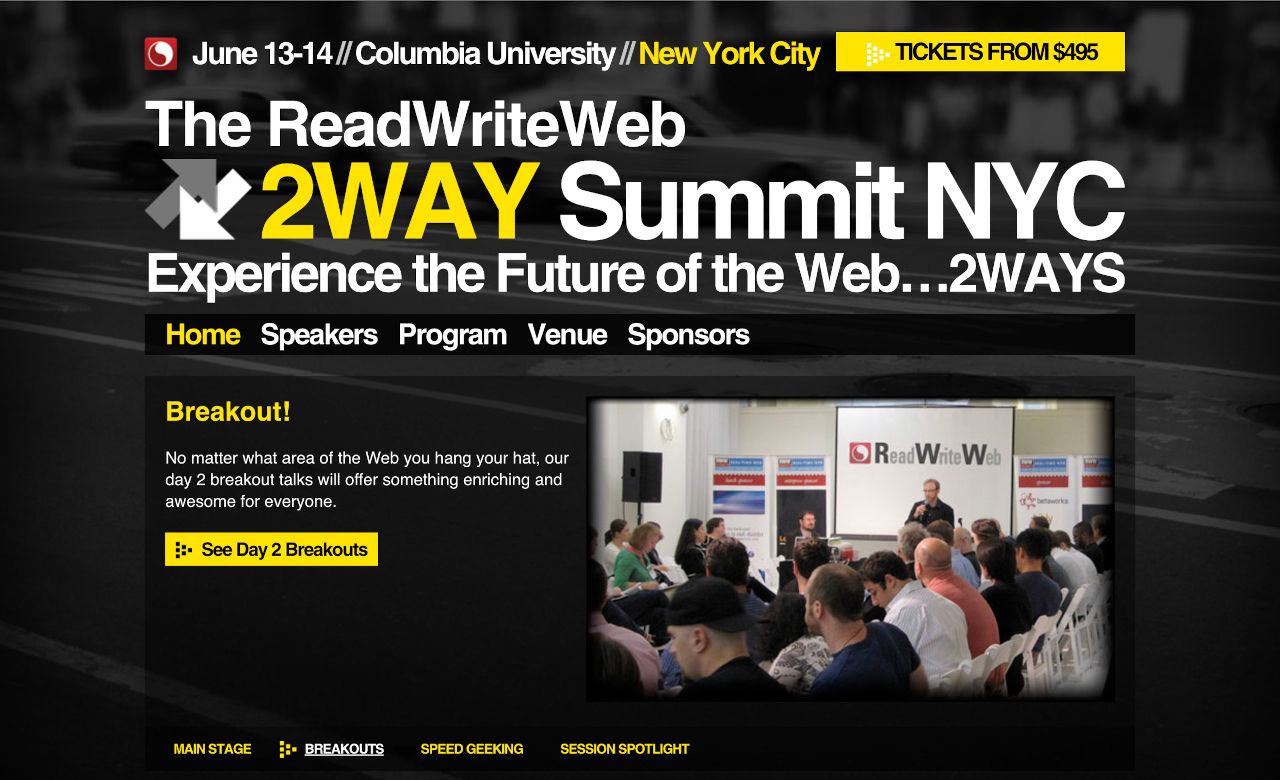
Given the poor social media results and the even worse event ticket sales, it was clear we’d have to let our community manager Seamus go straight after the event. But the problems at RWW ran deeper than that. The low page views, I believed, reflected the poor quality of our content. We just weren’t good enough, across the board. I sent out a message on Basecamp to the team about the May results, not hiding my disappointment. I probably should’ve held back and waited till I got to New York, so that I could discuss it in person with Sean and Marshall. But with all the other frustrations in my life at this time, my stress levels were bubbling over and I couldn’t hold back.
Predictably, my Basecamp message further stoked resentment among the writing team. It was the final straw for Mike Melanson, who abruptly quit. Sarah also expressed her annoyance to me, in a private message via Skype. Coincidentally, Alex Williams announced his resignation the same week—he’d accepted a new position at a tech blog called Silicon Angle, so he’d already made plans to move on before the May stats bombshell.
It wasn’t all bad news. In May we’d hired a new business channels editor: David Strom, an experienced IT reporter who’d had a long career with CMP, International Data Group, Ziff Davis, and other old-school IT media companies. David had already provided a boost to our enterprise channel in the couple of weeks he’d been at RWW (it was one of the few areas with increased page views). At the other end of the experience spectrum, we’d hired a young reporter from Boston named Dan Rowinski, whose initiative and enthusiasm had quickly impressed me.
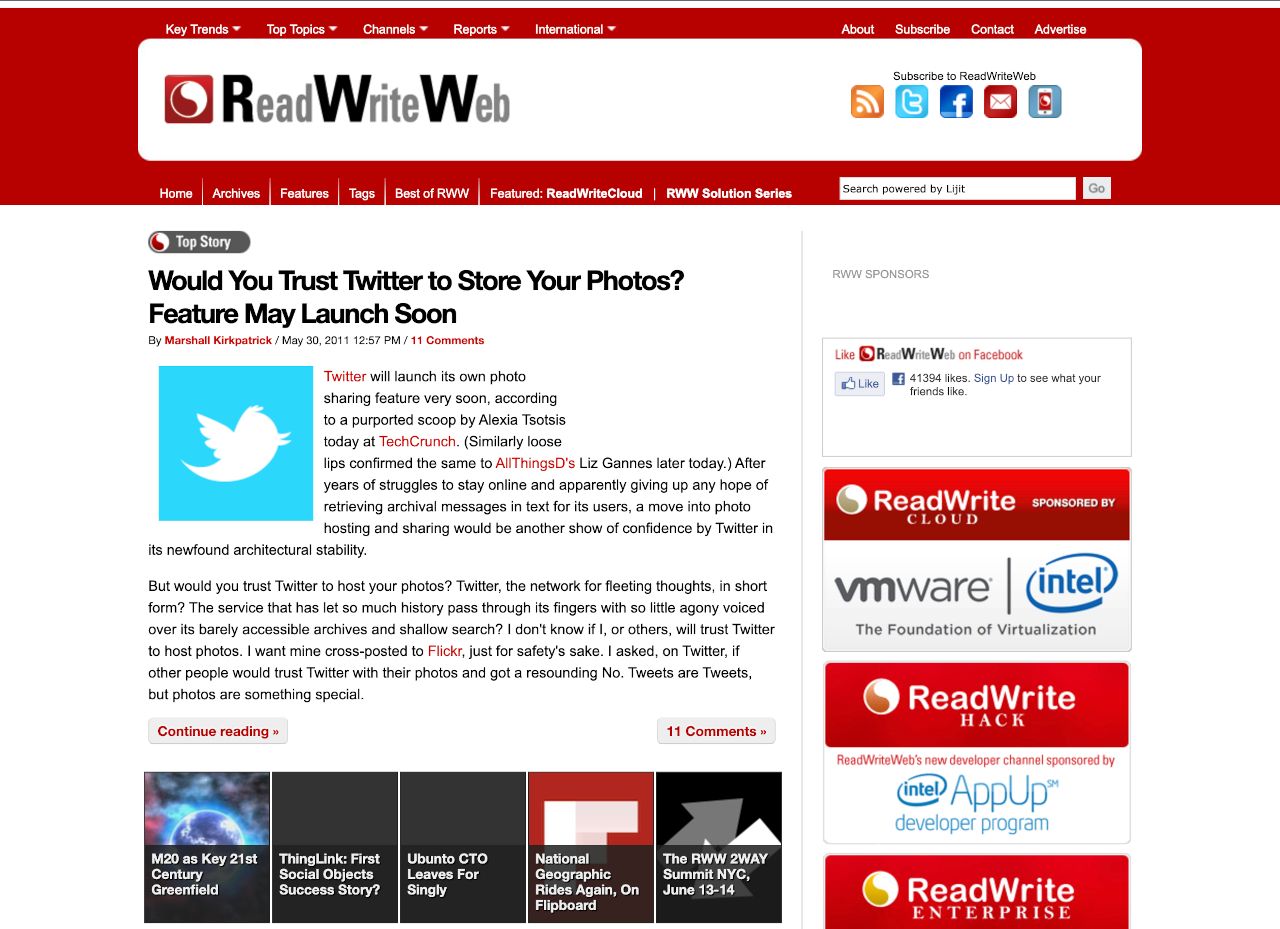
The most significant move we made, though, was to promote Abraham Hyatt as our new managing editor. Abraham had been our production editor since the end of 2009, but we now needed him to introduce more structure into our daily newsroom. These changes in the team all augured well for the near future.
I was especially worried about Sarah’s messages to me, so I tried my best to appease her. I assured her that I wasn’t concerned about her own performance (quite the contrary, she was still our best-performing writer). But I was also honest about other writers in the team not performing as well. Some of the news writers had not even delivered their monthly quota after we had brought them on full-time, I noted. But ultimately, I accepted that it was my responsibility to find a solution to the current mess, so I promised I would implement changes after the event. I had a similar back-and-forth with Mike, whom I still hoped to convince to return to RWW. Despite all my problems dealing with Mike over the past few months, he’d been a good writer for us.
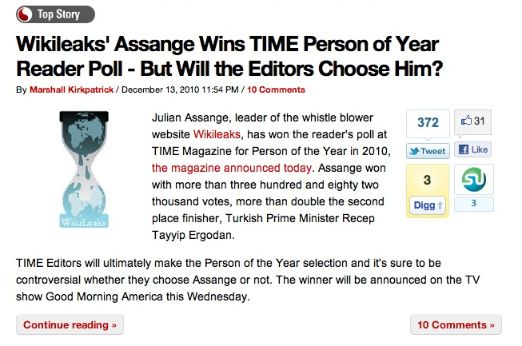
During my nearly thirty-hour flight from New Zealand to New York, I thought through the editorial issues and formulated a plan. I decided we needed to refocus RWW on analysis writing, to get back to the roots of the site. This would mean we’d stop trying to compete with TechCrunch and Mashable on news coverage, both of which had long surpassed us in measures such as Technorati and the Techmeme leaderboard (not to mention traffic!).
De-emphasizing news would have major implications for editorial operations, but especially for Marshall’s role. Crucially, I decided I would resume the role of editor-in-chief and lead all editorial again. That would mean removing the coeditor title from Marshall, making him VP content development and lead writer (his previous role). He’d still be an executive of the company, and given the renewed analysis focus of the site, it’d be more important than ever to get his research tools right. But, of course, communicating this change to Marshall would be a delicate matter. I’d need to get Sean’s feedback first.
Internet Week NYC, 2011
On Monday morning I made my way to the location of our previous New York City event, the Metropolitan Pavilion. Once again it was headquarters for Internet Week, so I spent the morning checking out the exhibits and talks. The highlight was a Digital Archaeology exhibit that charted the evolution of websites and web design over the past twenty years. It had thirty different web projects, from the first-ever website in 1991—the CERN website by the web’s inventor, Tim Berners-Lee—to the highly interactive 2010 HTML5 music video for Arcade Fire created by Google. Each of these projects was displayed on a computer and software of its time. It was humbling to think that the roots of RWW were in the middle of this timeline; I’d started experimenting with blogging around 2001.
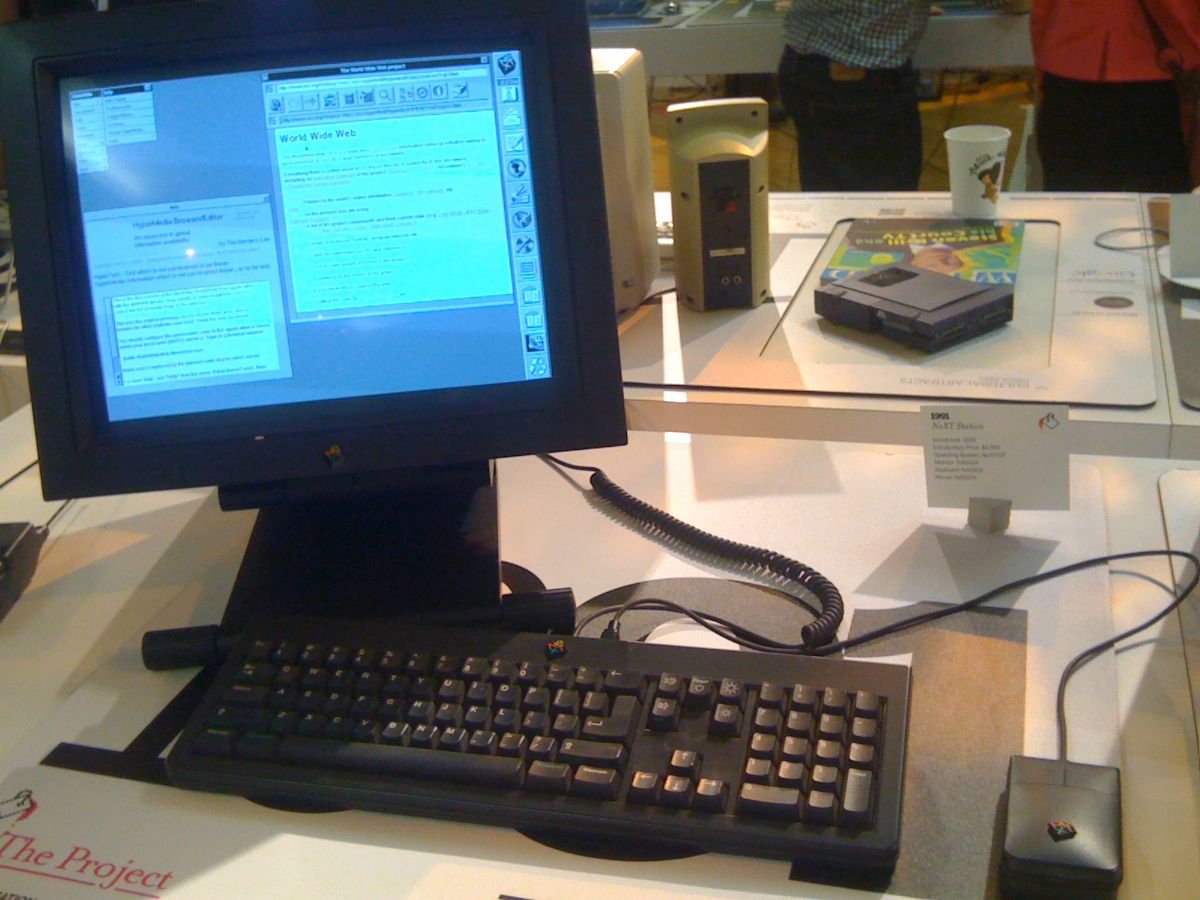
I chatted with the exhibit’s curator, Jim Boulton, who suggested to me that “in a few years’ time there won’t be such a thing as a website.” As the owner of a business based on a website, I raised my eyebrows in surprise. “With the rise of the social web, now online experiences are built around the individual rather than around the organization,” Boulton explained.
While I didn’t agree that social media would lead to the extinction of websites any time soon, Boulton had a point that more and more online conversation was gravitating to the likes of Facebook and Twitter. I’d recently seen evidence of this myself, with a post I wrote on May 3, 2011, entitled “Breaking Up With Your Favorite Apps.” I had hoped it would generate an interesting discussion in our comments section (“Which web apps or services have you broken up with; and why?”). The RWW comments system currently ran on a third-party application called Disqus. At the end of the previous year, we’d switched from Movable Type’s native commenting system to Disqus partly because the latter was itself a social media application—readers were able to track their comments across different blogs via their Disqus account.

Despite having the Disqus network to leverage, in the end we only got about ten comments on that post. However, we had many more comments about it on Twitter and Facebook. While it was encouraging to see all those comments across social media, this didn’t necessarily correlate with referral traffic. Many people didn’t click through to read the story—they simply commented based on the headline or teaser they saw in the tweet or Facebook post.
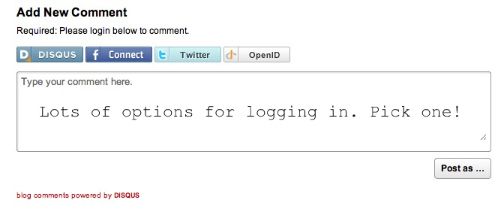
There was an old blogging truism that I’d learned very early on with RWW: an active comments section means higher page views. This was because readers often come back to a post later in the day to read the comments. If the comments continued for days after the post was published, it could translate into a lot of page views. However, thanks to social media, that truism no longer seemed to apply.
In addition to becoming the new nexus of daily internet conversation, Facebook and Twitter were becoming hugely influential in geopolitics. During the first quarter of 2011, activists in countries like Tunisia, Egypt, and Libya were using social media to organize protests against their governments—in some cases, even leading to the overthrow of rulers. This so-called Arab Spring would not have happened without the use of tools such as Facebook and Twitter to rally and mobilize citizens.
While I was happy to see the web being used as a tool of the people against oppressive regimes, selfishly I was much more concerned that social media was squeezing out blogs in the tech industry. The ever-growing popularity of Facebook and Twitter just added to my anxiety about the state of ReadWriteWeb.com in mid-2011.
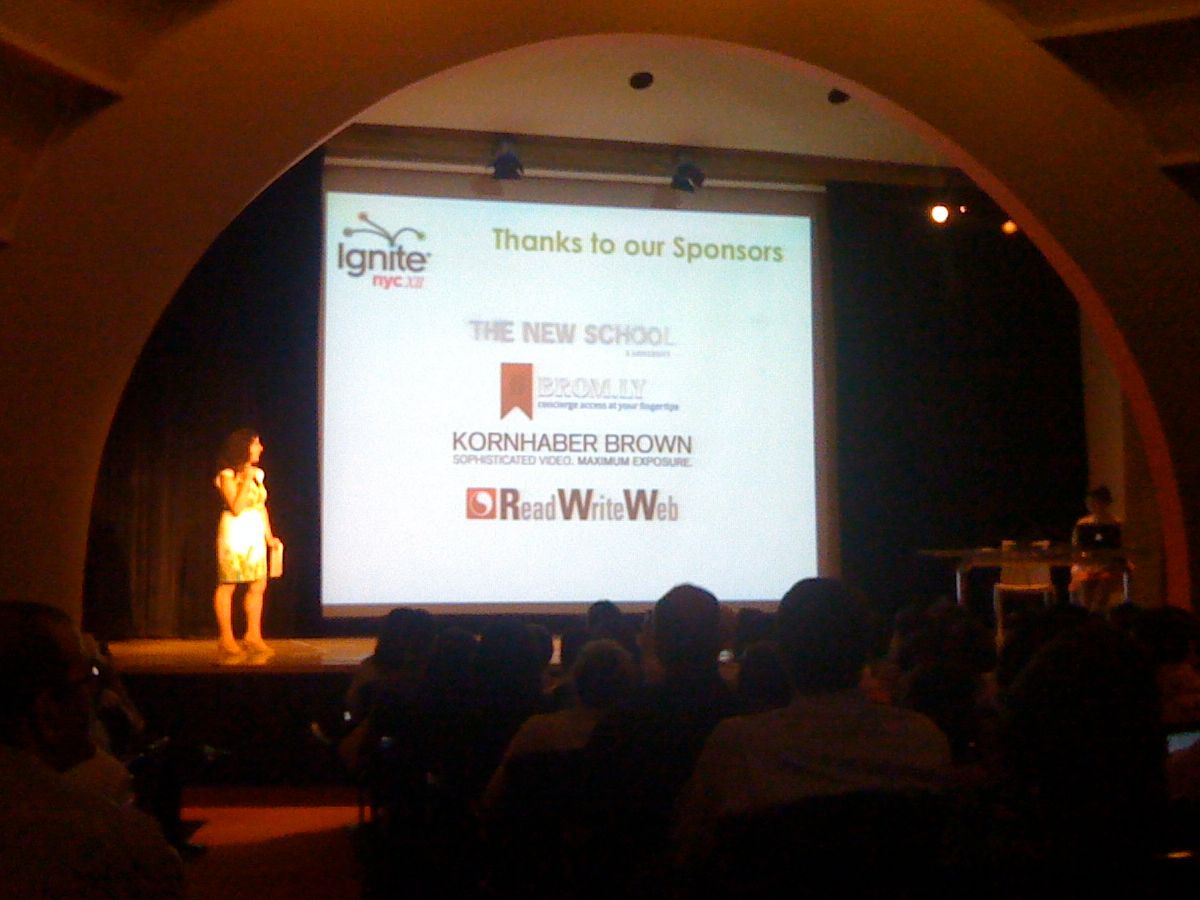
Pivot Discussions
Later that day, I had lunch with Sean. I told him about my plan to de-emphasize news and double down on analysis, and naturally he was concerned. If we were to do this “editorial pivot,” as he put it, it would take time to implement and demonstrate success. It might push out the timeframe for finding an acquirer, he warned. We would also need to rethink our strategy of doubling revenue annually, since that was partly based on growing our news coverage. Finally, he asked about the future of Marshall’s RSS system, which had been created to fuel our news coverage. I said that none of the writers were using the system—Mike had been especially vocal about his objections to it—so we couldn’t very well claim it as a point of difference to a potential acquirer. But I hoped Marshall would turn it into more of a research tool to help us with analysis posts.
While Sean’s skepticism gave me pause, by the end of the day I was more convinced than ever that it needed to be done. That day, over on the West Coast, Apple had begun its annual Worldwide Developers Conference. Given that Apple was one of the key companies of this era of the internet, I expected us to be all over the event. But when I checked the site back at my hotel, I was dismayed at our coverage. I emailed both Marshall and Abraham about it. “We really need to organize for events like this in a much more systematic manner,” I said to Marshall. I cited the news about iCloud, which Apple had launched that day and about which we’d had advance knowledge (under embargo). We should’ve had a post ready to go about it, I insisted. “I know we have a bunch of issues right now with editorial, but today’s Apple event is precisely the kind of thing we need to organize and systematically assign stories on certain topics or angles,” I wrote.
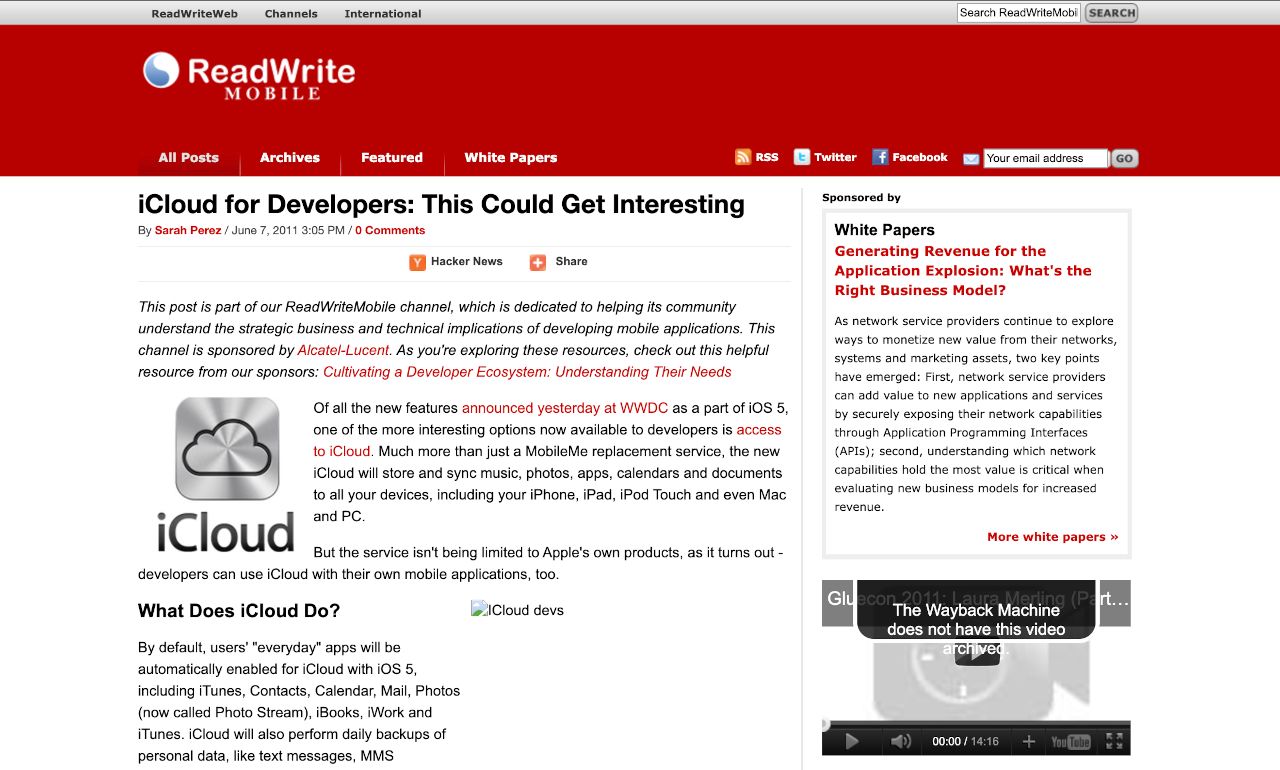
Marshall briefly acknowledged my email, admitting that the coverage of Apple’s event wasn’t up to par. The following day I followed up with another, much longer, email. “I think this is a good opportunity to bring up some other thoughts I’ve had recently on our editorial,” I began. After explaining my analysis of RWW’s performance and where I thought we fit compared to our competitors in the tech blogosphere, I told him about my plan to “take the reins of sole Editor again.” I added that “the business has reached a crisis point in editorial and things cannot continue as they have been.”
To his great credit, Marshall reacted to this calmly. “Lots to consider here but I’m certainly open to it all. I do love chasing and breaking news though. Will give this more thought but I think some radical changes are clearly needed.”
I thanked him for being open-minded and said we’d discuss more after the event. Our 2WAY Summit was just a few days away, so we needed to focus on that for now.
This post is part of my serialized book, Bubble Blog: From Outsider to Insider in Silicon Valley's Web 2.0 Revolution. View table of contents.
Next up: 060. The ReadWriteWeb 2WAY Summit NYC, 2011
Buy the Book
My Web 2.0 memoir, Bubble Blog: From Outsider to Insider in Silicon Valley's Web 2.0 Revolution, is now available to purchase:
- Paperback, US$19.99: Amazon; Bookshop.org
- eBook, US$9.99: Amazon Kindle Store; Apple Books; Google Play
Or search for "Bubble Blog MacManus" on your local online bookstore.